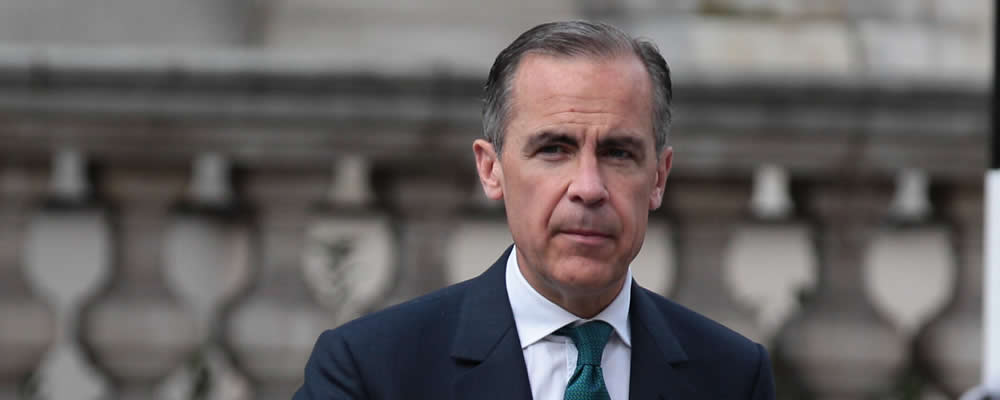A better-than-expected UK services PMI was not enough to keep the Pound on a bullish trend as the Bank of England (BoE) reiterated its dovish policy outlook.
Markets were not impressed to find that only two members of the Monetary Policy Committee (MPC) had voted in favour of an immediate interest rate hike, with Chief Economist Andy Haldane remaining on the side of the doves for now.
In conjunction with this decision to leave monetary policy unchanged the BoE also revised its growth forecasts lower, now projecting that the UK economy will grow by 1.7% in 2017 and 1.6% in 2018.
Furthermore, the BoE’s minutes noted that:
‘Monetary policy cannot prevent either the necessary real adjustment as the United Kingdom moves towards its new international trading arrangements or the weaker real income growth that is likely to accompany that adjustment over the next few years. Attempting to offset fully the effect of weaker sterling on inflation would be achievable only at the cost of higher unemployment and, in all likelihood, even weaker income growth.’
This suggests that policymakers are unlikely to make any particular shift towards hawkishness in the near future, giving investors little reason to favour the Pound.
The odds of the BoE raising interest rates in the coming months naturally slumped in the wake of the meeting, something which is likely to continue to weigh on GBP exchange rates.
Altogether the outlook for the Pound looks distinctly bearish at this juncture, with a lack of fresh domestic data ahead of the weekend offering no real prospect of support.
GBP EUR Unable to Capitalise on Weaker Eurozone PMIs
Confidence in the Euro remained somewhat muted, meanwhile, on the back of the European Central Bank’s (ECB) latest Economic Bulletin.
As the general tone pointed towards a neutral to dovish policy bias this limited the appeal of the single currency, particularly as the finalised raft of Eurozone services and composite PMIs proved disappointing.
However, this was not enough to prevent the Pound Euro exchange rate trending sharply lower.
Friday’s German factor orders, construction PMI and retail PMI results could offer stronger support to the Euro if they indicate that the Eurozone’s powerhouse economy is still in a relatively robust state of health.
US Dollar Trends Higher Ahead of Labour Market Data
As the sense of chaos engulfing the Trump White House seemed to diminish somewhat the mood towards the US Dollar improved, although an underlying sense of nervousness remained.
The Pound US Dollar exchange rate could find a rallying point this afternoon, though, as the ISM non-manufacturing composite index is forecast to have dipped slightly from 57.4 to 56.9 in July.
Even so, anything short of a major downside surprise is unlikely to have a particularly detrimental impact on the ‘Greenback’ at this juncture.
Greater volatility is likely in response to Friday’s labour market data, with investors paying particular attention to the wage growth data as they assess the odds of the Federal Reserve raising interest rates again before the end of the year.
Current GBP EUR USD Interbank Exchange Rates
At the time of writing, the Pound Euro exchange rate was slumped in the region of 1.1101. Meanwhile, the Pound US Dollar exchange rate was trending lower at 1.3158.



